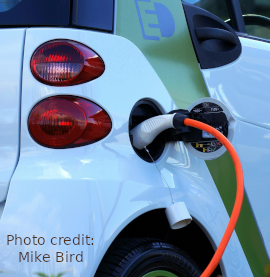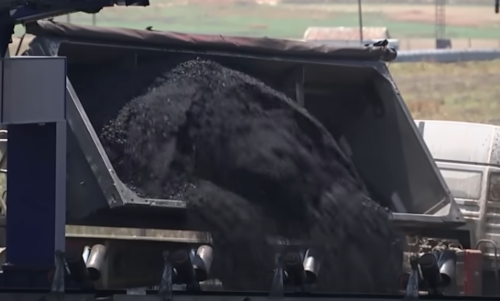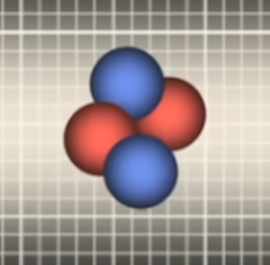
Welcome to 2024
It’s 2024, and we now have over 8 billion people (8 gigapops) living here. Each person produces an average of 17 kgs/37 lbs of carbon dioxide a day, leading to global warming that is threatening to destroy us. As I’m writing this, we’re having the warmest temperature recorded here for this date since records started being kept, about 150 years ago.
Various solutions have been implemented to try to reach carbon neutrality, where no additional carbon dioxide is being added to the atmosphere. I’ve reviewed whatever data I could get ahold of, and have come to this conclusion: it’s not enough.
Let’s look at some of the things that are being done:

Electric cars
Electric cars are a reality, and can be bought in most places an Internal Combustion Engine (ICE) car can. But in spite of electric cars having fewer moving parts, the 5-year cost of buying, running, and maintaining an electric car is about the same as a regular car. The most expensive part an electric car is the battery, which tends to wear out first and then must be replaced. It is also the heaviest non-chassis component, which requires extra power to get the whole thing moving.
Recharging can be a problem. If you use your car to get to and back from work, and can park it in your own garage, just plug it in at night and keep that puppy fed. But if you’re depending on a public charging station to top off your batteries, you may be expected to move your car after it’s done charging; then you’d have to go out again just to move your car to a regular parking space. Many people, once they’re in for the night, would not want to do that.

Electric cars won’t work in very cold weather — they just won’t start. And tires tend to wear out faster on electric cars.

And when you charge your car, there’s no guarantee that you’re charging it with “green electricity”. If the power comes from a fossil-fuel-burning power plant, then why even bother?
I believe electric cars are a failed experiment. There are better ways to reduce carbon footprints.

Close the power plants
Even if this can’t be done right away, it’ll become necessary to do so sooner or later. Traditional fossil-fueled power stations are dirtier than all the other sources of CO2 combined.

More green energy
I’m talking of course about wind turbines, tidal energy harvesting, and solar energy; including the energy from rooftop photovoltaic panels. And yes, even nuclear. France gets 70% of it’s electricity from nuclear fission. Compared to coal/oil/gas fired power stations, nuclear fission is squeaky clean. What about the risk? I can only say that being next to a nuclear plant is less risky than letting global warming continue unabated.

Fusion energy
England, France, Germany, the USA, and other countries are all building experimental fusion reactors. These cutting-edge facilities take isotopes of hydrogen, smash them together to make helium, and release a lot of energy in the process. To get the reaction started, the hydrogen fuel has to be heated to around 100 million degrees C, which takes energy. The fusion reaction then begins, but can’t be sustained long enough to pay back the startup power used. Research continues.
Personally, I don’t get a warm and fuzzy feeling that fusion energy is safe. You might as well take a spaceship to the sun, scoop off a spoonful of the photosphere, bring it back to Earth, and try to get electricity from it. But I’m no expert on this subject, so I’ll just have to wait and see and hope my city isn’t destroyed in a fireball.
Geoengineering
Geoengineering (terraforming) can reduce temperatures quickly. This is important because solutions based on cutting CO2 will take years to reduce existing carbon dioxide levels, and then some more years before temperatures actually decrease. Geoengineering techniques can do the job much more rapidly.

And what is that technique? It’s spraying aerosols into the upper atmosphere, to create wispy clouds that will reflect a portion of the sun’s rays away. This will produce results in only a few days, and can be ramped up as necessary. It may not be polite to spray over a country without their consent, but what are they going to do? No nation is going to start a war over this, especially if it comes down to spray or die.
Free energy technology
In contrast to fusion power, Tesla-style free energy is a proven way to generate power. But it can’t possibly work, because the experts say it breaks the laws of thermodynamics. Many technology-aware people refuse to look at anything related to free energy, because they know it can’t work, and the investigation stops right there. Yet it does work. Inventions such as the Searl disk have been proven, and is described in this book.
And if we do nothing

If we do nothing, or not do enough of what will work, what will happen? About 2 billion people (2 gigapops) live in the hot regions of the Earth, who will perish when their land becomes too hot to live in (such as 50° C/120° F). No more than a tiny fraction can move to somewhere else, because all the somewhere elses are already filled with people.
Sea levels will continue to rise, the weather will become even crazier, and crops will fail. Food will be in short supply, and inflation will get even worse then it is. And things can get worse from there.
As resources run short, nations will attack their neighbors to try to secure an increasing fraction of what’s left.
Conclusion
Politicians and business leaders love to talk about how they’re doing something about the problem of global warming, but they focus more on their image than on doing something effective. It’s time to look at what works and do some — and then some more — of that.
